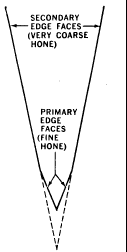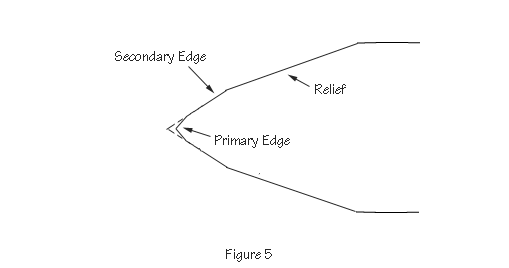- Joined
- Apr 17, 2017
- Messages
- 290
Where exactly do you measure to find the behind the edge dimension?
I'm guessing its where the "sharpening bevel" meets the "main blade grind"
I'm not real sure of my terminology, but I think you will know what I'll trying
to describe.
TIA
I'm guessing its where the "sharpening bevel" meets the "main blade grind"
I'm not real sure of my terminology, but I think you will know what I'll trying
to describe.
TIA



